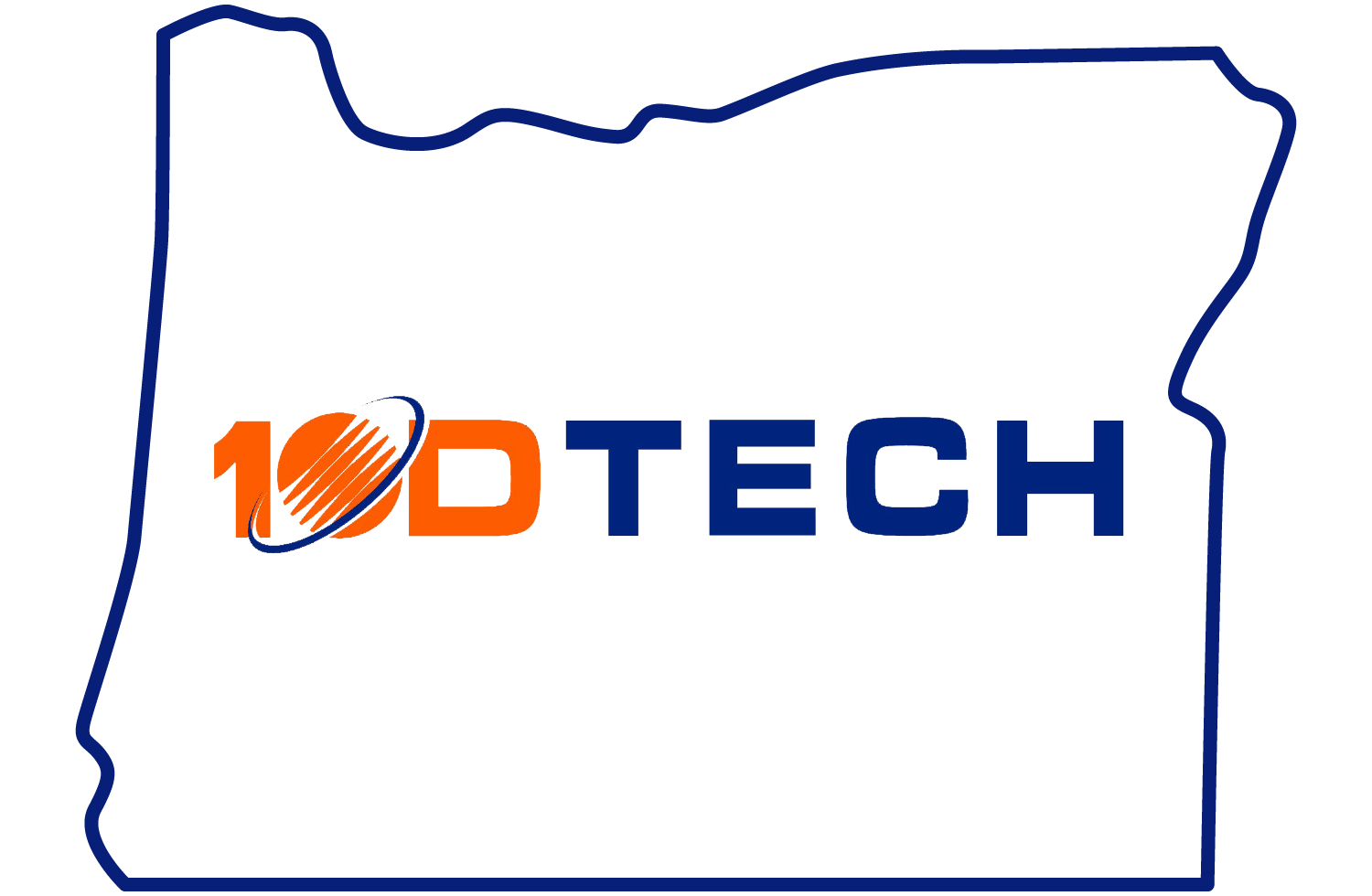 January is a clean slate for budgets and roadmaps. It’s also the best time to fix the tech that slowed you down in 2024—dropped calls, laggy apps, mystery outages, and messy cloud permissions.
January is a clean slate for budgets and roadmaps. It’s also the best time to fix the tech that slowed you down in 2024—dropped calls, laggy apps, mystery outages, and messy cloud permissions.
For leaders across Portland, Salem, Eugene, Bend, Corvallis, and Albany, outdated systems drain time and money. Studies show downtime costs stack up fast per server minute, while the hidden cost is frustrated staff and lost momentum.
Here are the IT upgrades to prioritize in 2025 to boost productivity, tighten security, and scale with confidence.
Move to the cloud: boost efficiency and cut costs
Cloud platforms let your team work from anywhere with the same tools and data. If you’re still tied to aging servers, you’re paying more for less flexibility.
Well-planned migrations reduce maintenance, improve uptime, and add built-in resilience for storms, power blips, and office moves common across the Willamette Valley.
Why the cloud is essential in 2025
- Scalability: Add or reduce resources on demand without big hardware buys.
- Cost control: Right-size licensing and storage to match current needs.
- Business continuity: Keep operations running during local disruptions.
Get there with an expert-led plan through cloud solutions and migrations that map workloads, costs, and timelines.
Strengthen your cybersecurity strategy
Cybercrime will keep rising in 2025. The good news: a few targeted controls stop most incidents before they spread.
Oregon SMBs benefit most from layered defenses and round-the-clock visibility rather than ad-hoc tools that don’t talk to each other.
Focus areas that move the needle
- Endpoint Detection & Response (EDR): Real-time monitoring that isolates threats fast.
- Multifactor Authentication (MFA): Phishing-resistant logins for staff, vendors, and admins.
- 24/7 monitoring: A security team watching alerts while you sleep.
- Immutable backups: Snapshots malware can’t alter or delete.
If you want a proven stack without babysitting tools, consider managed cybersecurity for policy, monitoring, and response.
Upgrade your hardware: prepare for what’s next
Old devices slow people down and open gaps for attackers. If laptops, servers, or firewalls are aging out, schedule a refresh rather than waiting for failure.
Windows 10 support ends in October 2025, so evaluate endpoints now to avoid a scramble during busy season.
What to look for in 2025
- Energy-efficient devices: Lower power use and better thermals for longer life.
- Windows 11-ready hardware: TPM 2.0 and supported processors.
- AI and cloud-ready systems: Enough RAM and NVMe storage for modern workloads.
Modernize the backbone—switches, Wi-Fi, and firewalls—with a plan for network infrastructure design and upgrades.
Leverage AI-powered tools to streamline operations
AI is now practical, not hype. The right tools automate the busywork and surface insights you can act on quickly.
Use AI to standardize responses, summarize long threads, and predict issues before they interrupt service or production.
Where AI helps small teams
- Automation: Triage tickets, route calls, and generate drafts for routine tasks.
- Customer service: Smart chat and IVR that hand off to humans smoothly.
- Analytics: Spot trends in sales, support, or production without manual crunching.
Bundle AI tools with proactive upkeep through managed IT services to keep performance and security in balance.
Adopt unified communications for better collaboration
Running separate phone, video, SMS, and chat apps leads to missed messages and tangled workflows. Unified Communications as a Service (UCaaS) brings it all together.
With one platform, your team connects from the office, home, or job site with the same call quality and features.
Key benefits for Oregon teams
- Fewer missed connections: Calls, meetings, and chat in one place.
- Clearer workflows: Presence, call recording, and voicemail-to-email.
- Built-in security: Encrypted calls and admin controls for compliance.
Explore modern options like UCaaS and SIP through VoIP and business phone systems tailored to your call volume and sites.
Your technology upgrades need to be tailored to you
No two Oregon businesses share the same mix of apps, compliance, and locations. The right plan aligns upgrades to goals, contracts, and budget.
Our C.A.R.E. FREE Network Assessment is a simple way to get clarity before you spend.
What C.A.R.E. means for your team
- Consult: Set priorities with leadership and map constraints.
- Assess: Document systems, security, and risks.
- Resolve: Close the biggest gaps fast.
- Evolve: Build a quarterly roadmap you can track.
We evaluate your environment, find inefficiencies, and recommend targeted upgrades through IT assessments and strategy consulting.
Ready to future-proof your business for 2025?
Don’t let aging tools steal another quarter. Book a C.A.R.E. FREE Network Assessment and step into 2025 with faster systems, tighter security, and clearer communication.
Schedule your assessment: Request a free network assessment. Or call (541) 243-4103 for Albany/Corvallis/Eugene and (971) 915-9103 for Portland/Salem.
FAQs
What are the top IT upgrades for 2025?
Cloud migrations, managed cybersecurity with EDR and MFA, hardware refreshes, AI tools, and unified communications are the big wins.
Why should Oregon SMBs move to the cloud now?
You gain flexibility, lower maintenance, and better continuity for regional power or weather issues. Start with a scoped cloud migration.
How do EDR and MFA reduce risk?
EDR detects and contains attacks in real time, while MFA blocks stolen passwords. Both are core to managed cybersecurity.
When should we replace PCs and network gear?
Refresh endpoints before Windows 10 support ends in Oct 2025 and replace aging switches or firewalls that bottleneck speed or updates.
What’s the difference between UCaaS and VoIP?
VoIP handles calls; UCaaS unifies calls, video, chat, and SMS with shared administration. See options on business phone systems.








